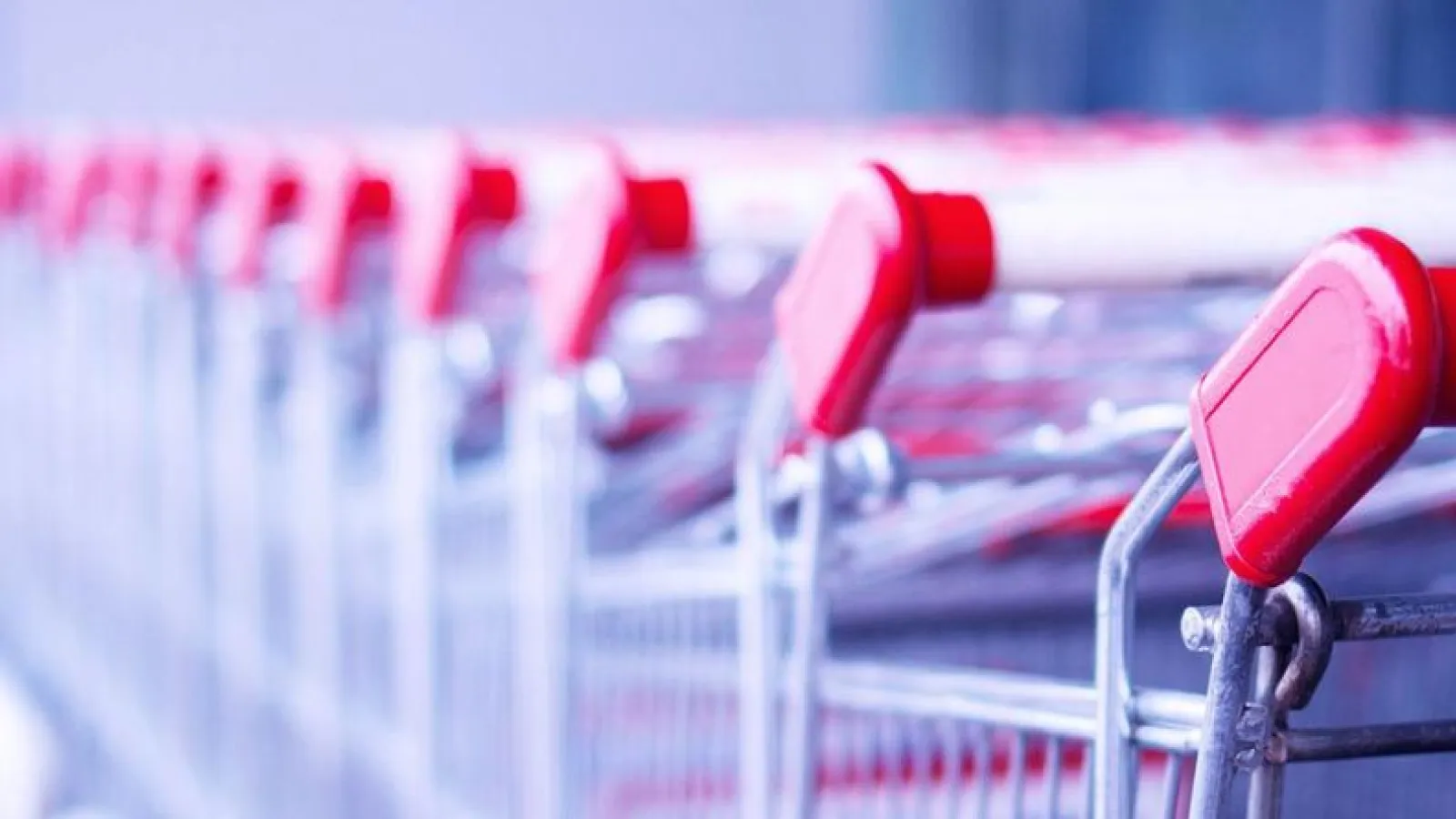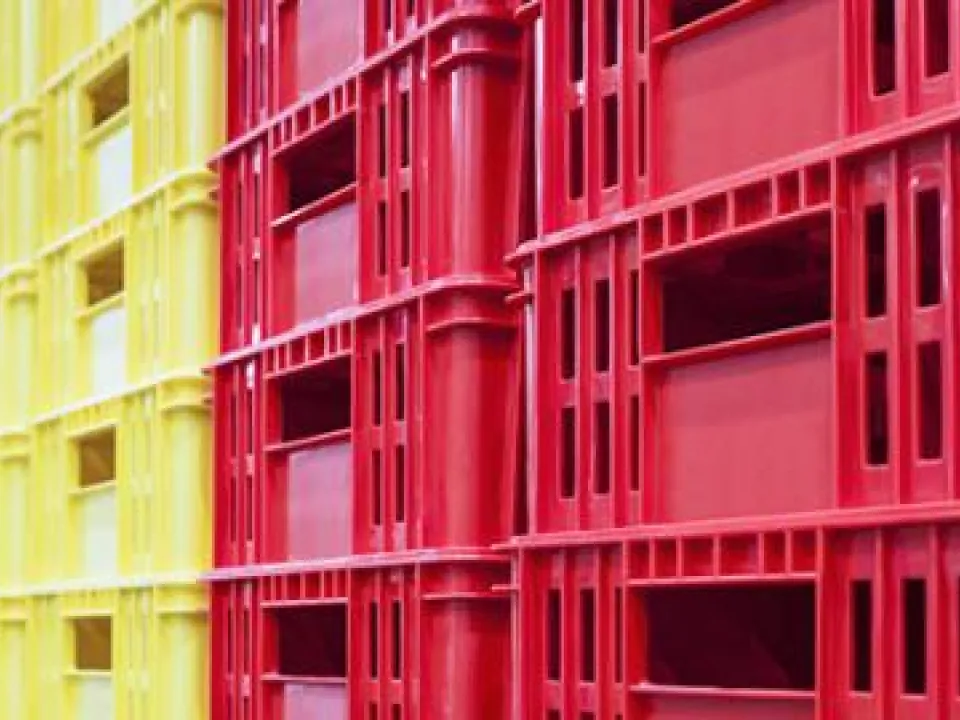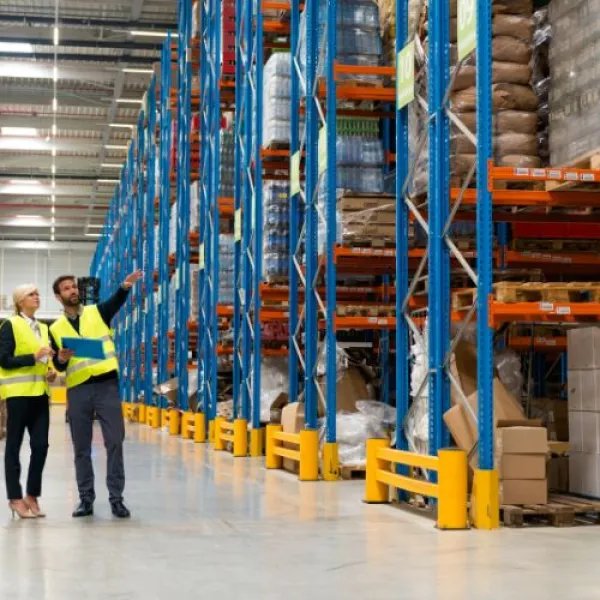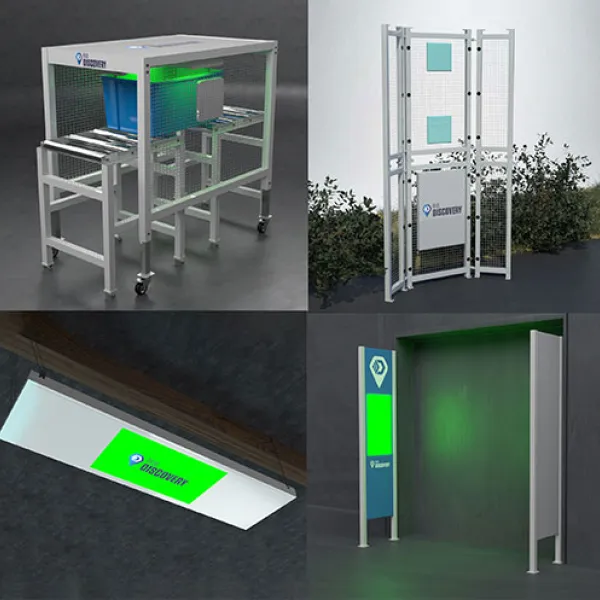Retail
Our tracking solutions optimise retail operations by enhancing efficiency, reducing costs, and improving asset and inventory visibility. They help manage returnable transport items (RTIs) and make trolleys more easily accessible, improving the customer experience in your retail environment.

Benefits
RFID tracking helps optimise your retail business operations
Our range of RFID, BLE and other tracking solutions helps retail companies improve their operations to become more efficient, boost income and increase visibility of logistics processes. This includes the management of returnable transport items (RTIs) such as crates and roll cages, and tracking trolleys to improve availability and customer satisfaction.
Operational efficiency
Keeping track of RTIs can be challenging for many retailers, especially when location information depends on manual processes like scanning. Our RFID and other tracking solutions for RTIs provide better visibility right through the supply chain to help you improve utilisation, and ensure your pallets, tote boxes, roll cages or stillages are available where and when you need them.
Reducing losses and costs
Having to continually replace your lost or stolen RTIs can have a serious impact on your profitability. Visibility of the locations of your RTIs can highlight where they go missing, and help settle disputes with trading partners up and down the supply chain. This often also means that you can reduce pool stock levels as there is no need to maintain the just-in-case items, freeing up valuable capital.

Improving the customer experience
The availability of shopping trolleys and baskets can have a considerable impact on the customer's retail experience. Our trolley tracking solutions help retailers ensure that trolleys and baskets are available in the right place at the right time, improving the customer experience.
Analysing the customer journey
Tracking the journey of retail trolleys, can provide valuable insights into the customer behaviour in store by recording the time spent in particular areas of the retail space, for example in front of particular displays or queuing at the till. This enables retailers to identify highly frequented shelf locations, and any bottlenecks which can affect the customer's journey.
Our retail tracking solutions include:

Warehouse real-time inventory tracking
Tracking returnable transport items (RTIs)

